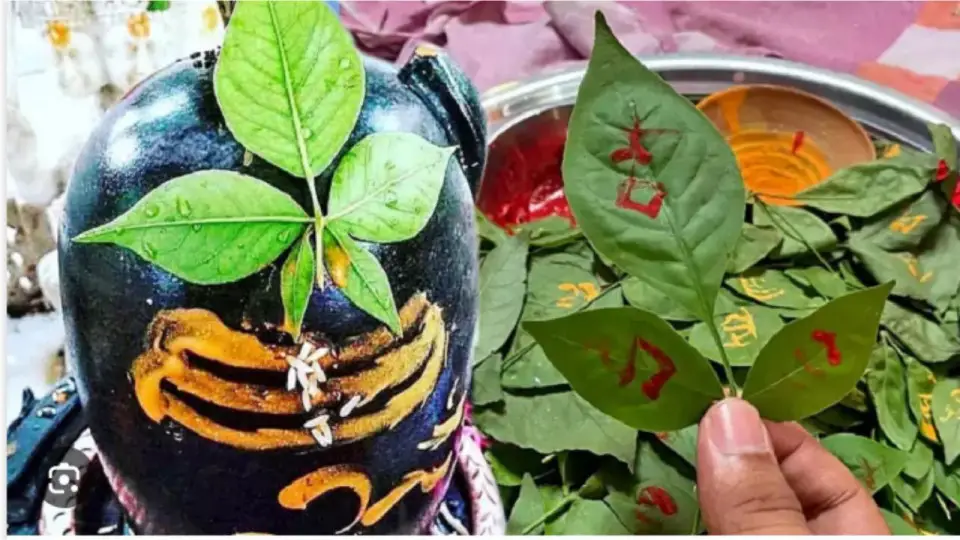
Belpatra (File)
In Hindu tradition, Belpatra, or bilva leaf, is a sacred offering revered for its representation of the Tridev—Brahma, Vishnu, and Shiva—symbolized by its three leaflets. Devotees believe that presenting Belpatra to Lord Shiva during worship can absolve sins accumulated over three lifetimes, bestowing spiritual merits comparable to countless yagyas. This profound belief, rooted in ancient scriptures, makes Belpatra a cornerstone of rituals, particularly during auspicious occasions like Shravan and Maha Shivratri, where it is offered with deep devotion to seek divine grace.
According to the Skanda Purana, Belpatra owes its sanctity to Goddess Parvati, whose divine sweat gave rise to this sacred leaf. This origin story imbues Belpatra with celestial significance, making it a powerful medium to connect with Lord Shiva’s energy. The leaf’s trifoliate structure is seen as a reflection of cosmic harmony, embodying creation, preservation, and destruction. In temples across India, especially in Haridwar and Rishikesh, priests emphasize offering Belpatra with the stem facing the devotee to maximize its spiritual potency.
Rich in antioxidants, tannins, and essential oils, the leaf supports digestive health by relieving issues like constipation and acidity. Its anti-inflammatory and antimicrobial properties make it effective in treating respiratory ailments, skin conditions, and diabetes. Belpatra juice or powder is often prescribed to boost immunity and promote overall wellness, earning it a prominent place in natural remedies across Indian households.
Belpatra seamlessly blends spiritual reverence with practical health benefits, embodying a holistic approach to life. Its role in worship purifies the soul, while its Ayurvedic applications nurture the body. For devotees and health-conscious individuals alike, Belpatra stands as a timeless symbol of divine connection and natural healing, enriching India’s cultural and medicinal heritage with its sacred and therapeutic virtues.













Copyright © 2025 Top Indian News
